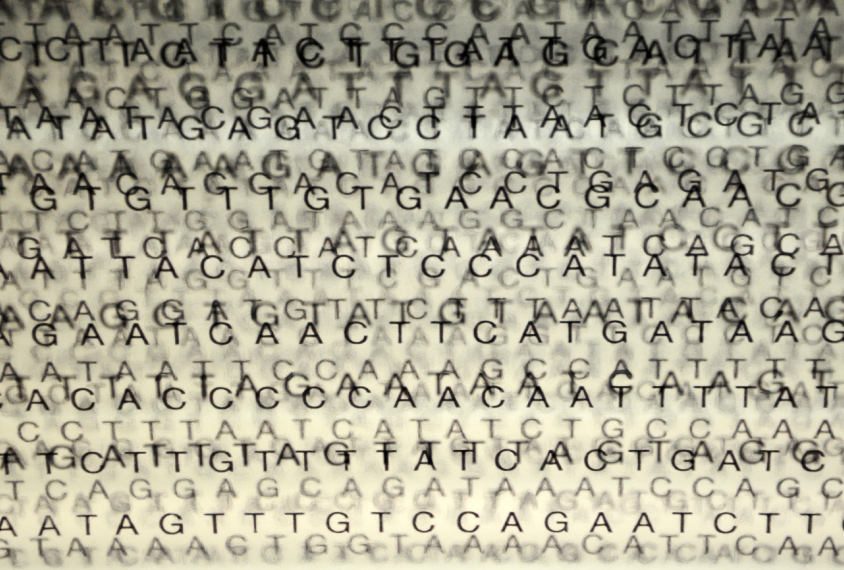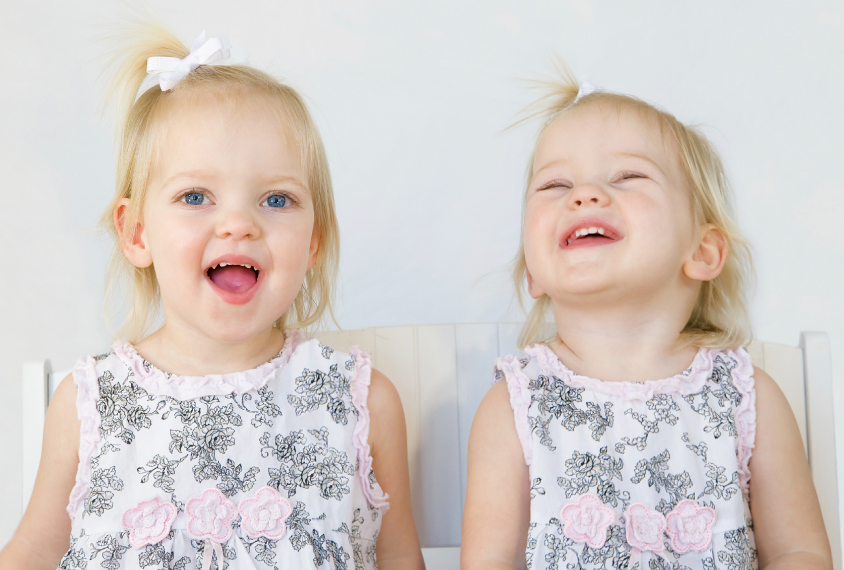ASHG 2015
Analysis makes sense of missense mutations’ role in autism
Analyzing thousands of sequences, researchers have homed in on miniscule portions of the genome that may be crucial in determining autism risk.

Analysis makes sense of missense mutations’ role in autism
Analyzing thousands of sequences, researchers have homed in on miniscule portions of the genome that may be crucial in determining autism risk.
New methods tighten net around autism genes
Autism researchers are sharpening their statistical tools to make sense of the growing pool of autism genes.

New methods tighten net around autism genes
Autism researchers are sharpening their statistical tools to make sense of the growing pool of autism genes.
Dispatches from ASHG 2015
These short reports from our reporter, Jessica Wright, give you the inside scoop on developments at the 2015 American Society of Human Genetics Annual Meeting.

Dispatches from ASHG 2015
These short reports from our reporter, Jessica Wright, give you the inside scoop on developments at the 2015 American Society of Human Genetics Annual Meeting.
Twin study unearths clues to role of environment in autism
Researchers in Sweden are assembling a large group of identical twin pairs, with only one twin in each pair having autism.

Twin study unearths clues to role of environment in autism
Researchers in Sweden are assembling a large group of identical twin pairs, with only one twin in each pair having autism.
Explore more from The Transmitter
New connectomes fly beyond the brain
Researchers are mapping the neurons in Drosophila’s ventral nerve cord, where the central nervous system meets the rest of the body.

New connectomes fly beyond the brain
Researchers are mapping the neurons in Drosophila’s ventral nerve cord, where the central nervous system meets the rest of the body.
Building an autism research registry: Q&A with Tony Charman
A purpose-built database of participants who have shared genomic and behavioral data could give clinical trials a boost, Charman says.

Building an autism research registry: Q&A with Tony Charman
A purpose-built database of participants who have shared genomic and behavioral data could give clinical trials a boost, Charman says.
Cerebellar circuit may convert expected pain relief into real thing
The newly identified circuit taps into the brain’s opioid system to provide a top-down form of pain relief.

Cerebellar circuit may convert expected pain relief into real thing
The newly identified circuit taps into the brain’s opioid system to provide a top-down form of pain relief.